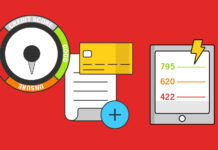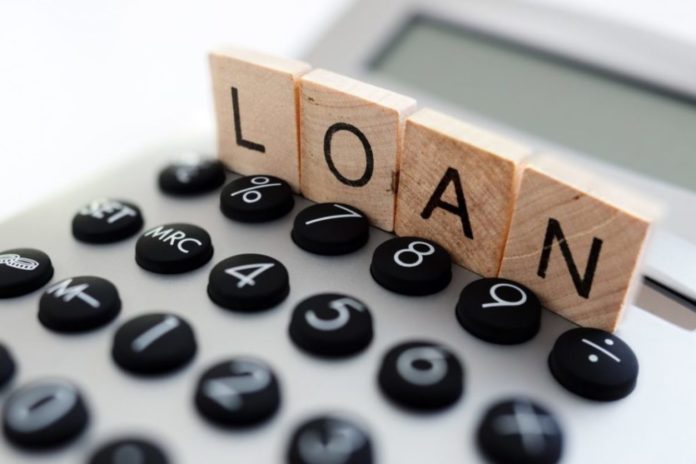
Every once and awhile homeowners will think of a way to improve their houses. For some, this will be a matter of simply elevating the aesthetics or upgrading their kitchen to keep it in step with the latest developments in home appliances. Others will seek to increase the functionality of their home or simply increase the curb value. Whatever the reason may be, there is one major issue to solve before embarking on this adventure and that is financing.
Smaller jobs can be resolved by using a credit card. After all, it simply isn’t feasible for taking out a loan for a few thousand dollars. While credit cards are usually the most expensive way of obtaining cash, you can get by rather cheaply by employing some discipline and paying it off as fast as possible. That will usually involve getting by without some of the amenities you are used to in order to maximize your monthly payments.
The other method for financing smaller home improvement projects is using in-store financing. Most stores will have them and you can work out the details with the management. Some stores offer their own credit cards, which are interest-free, for the most part. Other vendors will arrange an installment plan, with the entire sum is broken in equal monthly payments. This is usually the best solution for big items, like furniture or appliances for the entire kitchen.
However, neither of these two may be convenient or even possible for big projects, that include several suppliers and various items. For example, if you bought a fixer-upper, financing it through credit card can ruin you with interest alone, with the average APR of 17%. In-house financing can also be complicated, as you will have to work it out with each individual store. Keeping track of several monthly payments, often with different schedules and interest rates can easily turn into a nightmare. On top of this, you also have labor costs to cover, and contractors don’t usually have any financing deals to offer you.
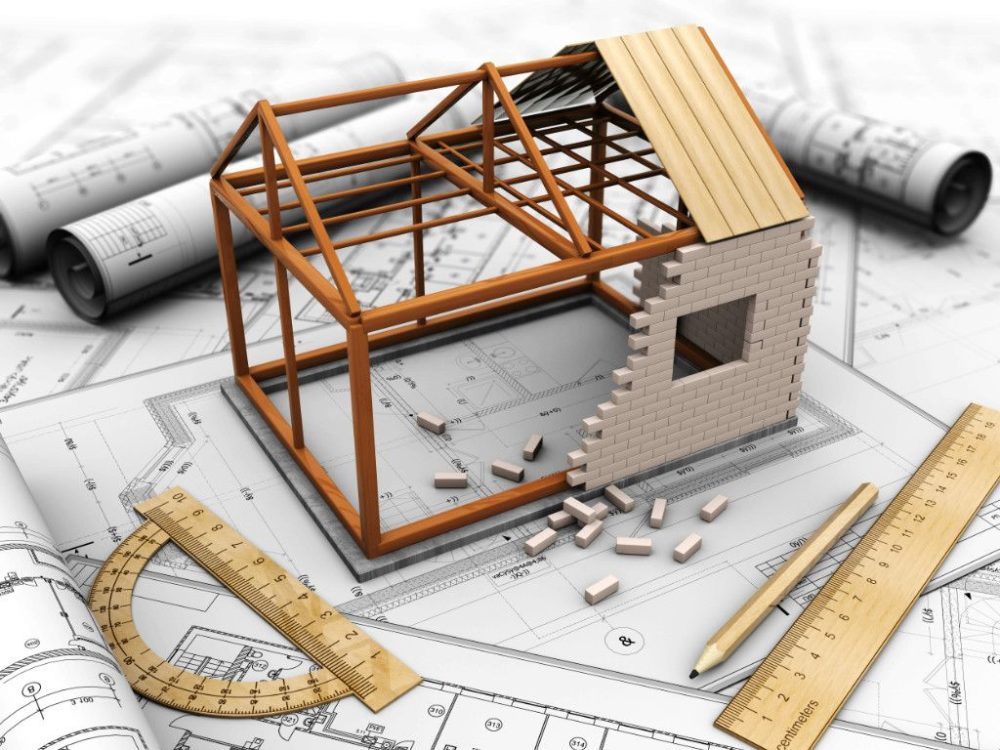
For these projects, your best option is a home improvement loan. Home improvement loans are unsecured, similar to personal ones. An unsecured loan means that you don’t have to offer any collateral. This way you don’t have to put your home or any other asset at risk, in case you default on the loan. The downside is that the interest rates are higher for unsecured loans, as banks are taking the entire risk on themselves and will charge you a premium for that. That is why it can be a good idea to offer something in collateral to keep the rates down and save a few bucks.
These days, you can get a home improvement loan without even stepping into a bank. Most companies will offer an online application, like the one Asteria does, and you can arrange everything on your phone. Of course, before doing it, you need to determine the total sum needed for your project. If you don’t have much experience with home improvement projects, perhaps it would be smart to find a general contractor and ask for an estimate. This will include project design, materials needed and all labor involved, regardless of the type of work you are having done.
Once you know how much money you need, you can start shopping for the best loan available. The essential tool for this step is a home improvement loan calculator. Based on your input, it will calculate your monthly payments, so you can easily figure out whether you can afford it or not.
There are several things you need to consider before applying for a home improvement loan. Although these loans are unsecured, your lender will still take into account your credit history and score. You will probably be able to get better terms, including the lower interest rate and higher amount financed, if you have an excellent credit score. Likewise, you will pay higher rates if you have a lower credit score. In some cases, if your credit score is truly awful, the bank may simply turn you down.
You can get home improvement loans from various sources, like banks, credit unions, or online lenders. Typically, for loans up to $9,999, the interest rate will be between 6.79% to 12.79% for loans between 24 and 36 months. If you are borrowing between $50,000 and $100,000, you will get somewhat lower rates, ranging from 4.79% to 10.29% for the same period of time. Of course, this will vary depending on your lender and your location. It is usually a good idea to get several offers before making a decision since interest rates and other terms can differ a lot between banks.
NerdWallet
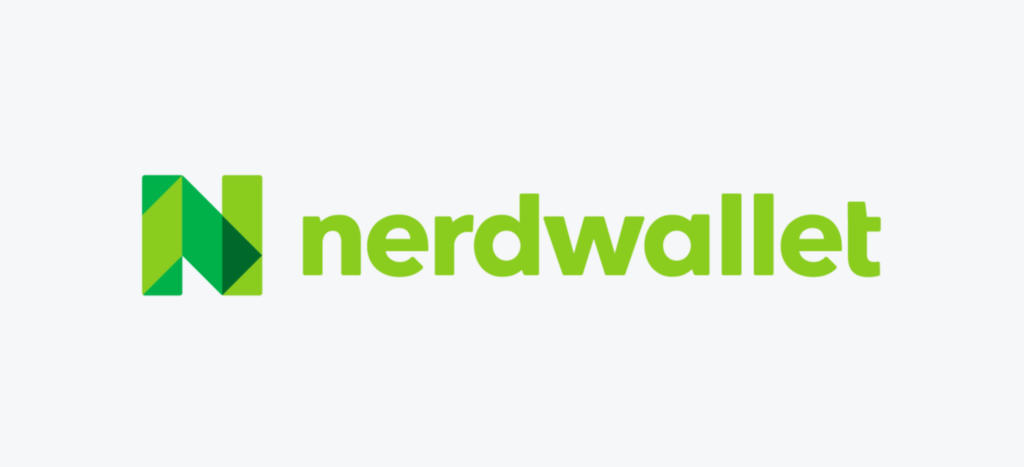
NerdWallet has been around for a long time. They take pride in helping their readers make sound financial decisions and have a wide selection of tools for various needs. One of them is a home improvement loan calculator that will accurately calculate your monthly payment based on the total amount of loan and interest rate.
Mortgage Calculator
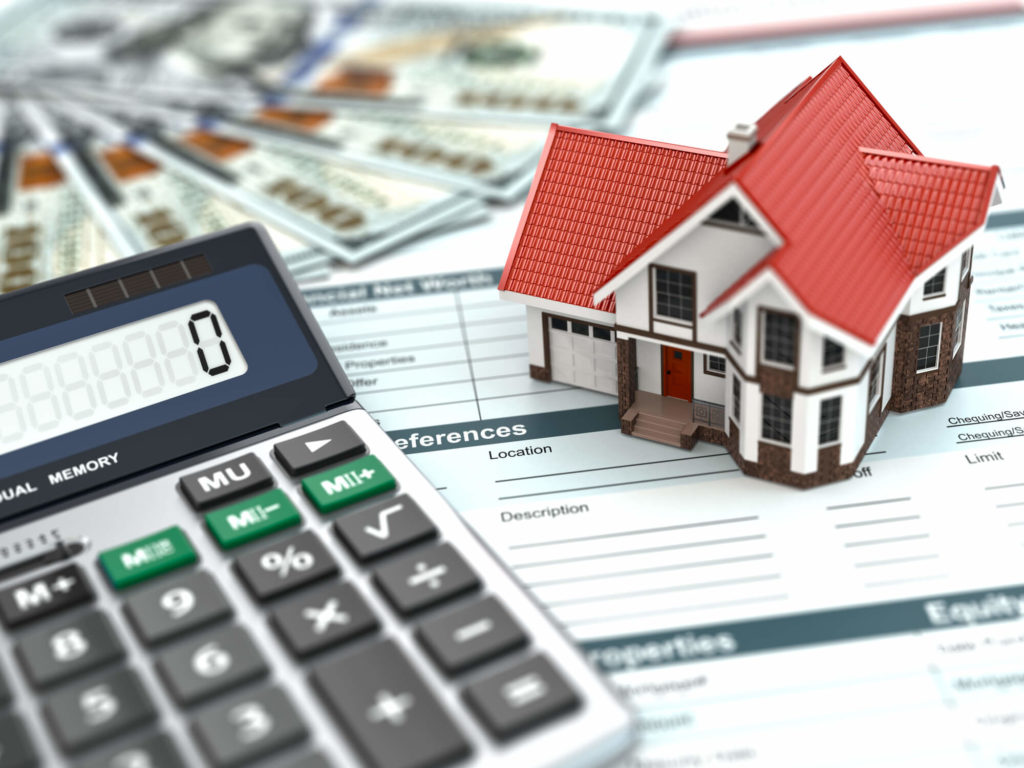
As the name suggests, the site started out as a simple mortgage calculator. Over time, it evolved to provide a full set of financial advice, including a home improvement loan calculator. Mortgage Calculator has been presented in The New York Times and San Francisco Chronicle.
Home Improvement Loan Pros

Home Improvement Loan Pros is a site dedicated to home improvement loans. Their handy calculator will help you determine monthly payments, based on the loan term, loan amount and the interest rate. This will help you gauge your project budget and see if you can afford it.
Home improvements can be a great way of increasing the value and functionality of your home. Not only will you be able to enjoy it better, but once the time comes to sell it, you will get significantly better offers. Some home improvements can be quite costly, which is why important to look at them as investments that will eventually pay off through an increased standard of living and higher selling price.



